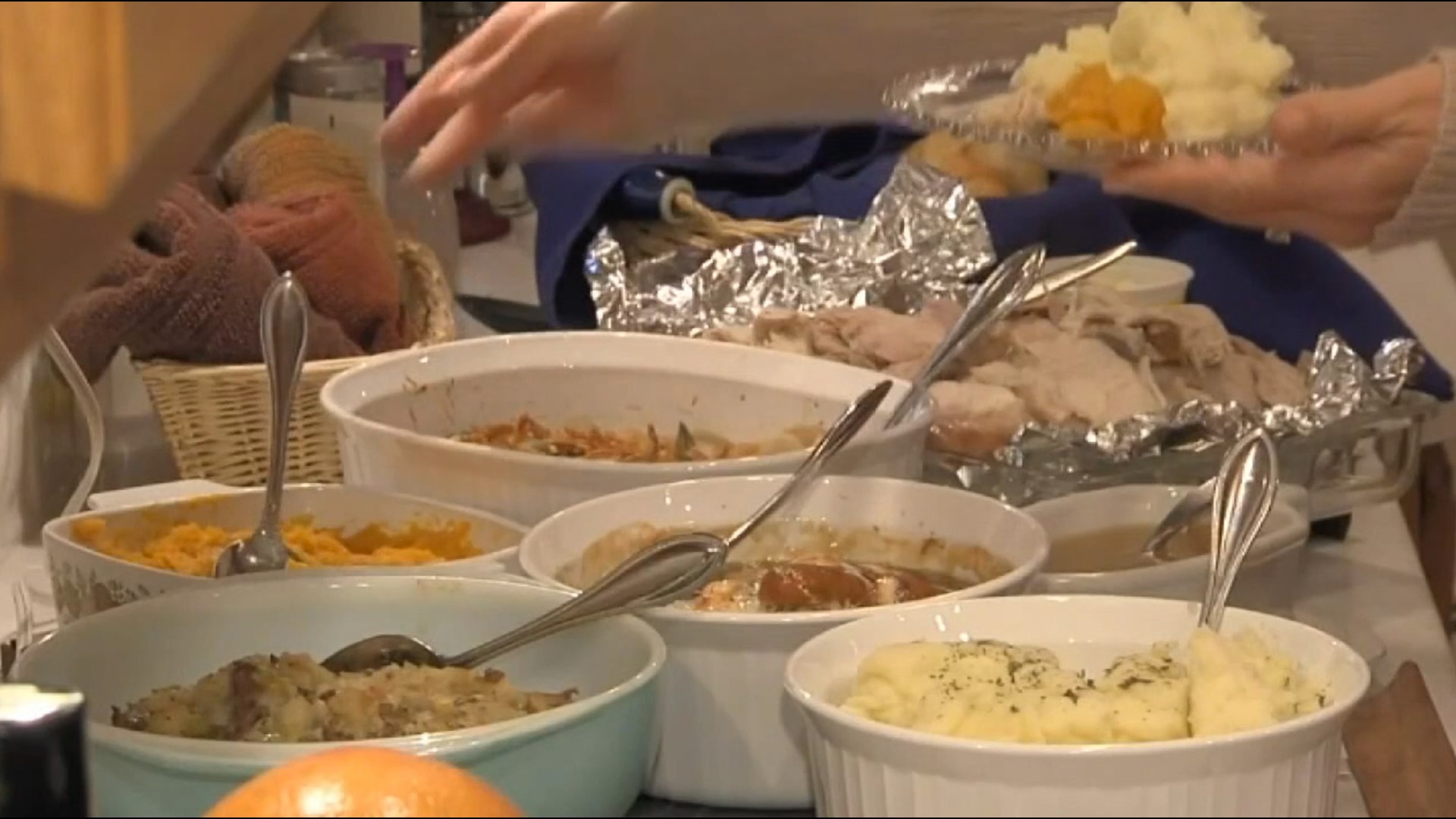HARRISBURG, Pa. — Today many Americans celebrate Thanksgiving by gathering with family to eat a large meal together. For Native Americans, however, the holiday can have a more complex meaning.
The first Thanksgiving is traditionally believed to be a harvest feast held in 1621, in which the English Pilgrim colonists celebrated a three-day feast with members of the native Wampanoag tribe. After Europeans colonized North America, many Native communities were decimated by disease, famine and displacement.
For that reason, some Native Americans call the fourth Thursday in November the Day of Mourning. The day is dedicated to remembrance and protest of oppression against Native communities.
Native American culture is not a monolith, though, and the many Native tribes and individual families all celebrate Thanksgiving in their own way.
Frank LittleBear of the Cree from Battleford, Canada said he gathers with family in York, where he now lives. He combines mainstream and Indigenous traditions, pointing out autumn was traditionally a season of Thanksgiving for Native Americans.
“It actually started in October, a time of receiving the harvest, of the three sisters—the corn, bean, squash—deer, things like that. Really preparing for winter. It was actually a time of celebration, a time of giving thanks,” LittleBear said.
LittleBear says Thanksgiving is also a great time to celebrate Native American culture and raise awareness. He has done that for nearly three decades by giving public lectures and school presentations about Indigenous culture.
One issue he sees is the elementary school depictions of the first Thanksgiving, which often depict Pilgrims eating with Native Americans often inaccurately dressed in Western Plains attire rather than what the Wampanoag would have worn. Still, he said, teaching about Thanksgiving helps build a connection to Native American culture.
“I think there are certain things they could do better,” LittleBear said. “But it’s a building process. It’s not going to happen overnight.”

